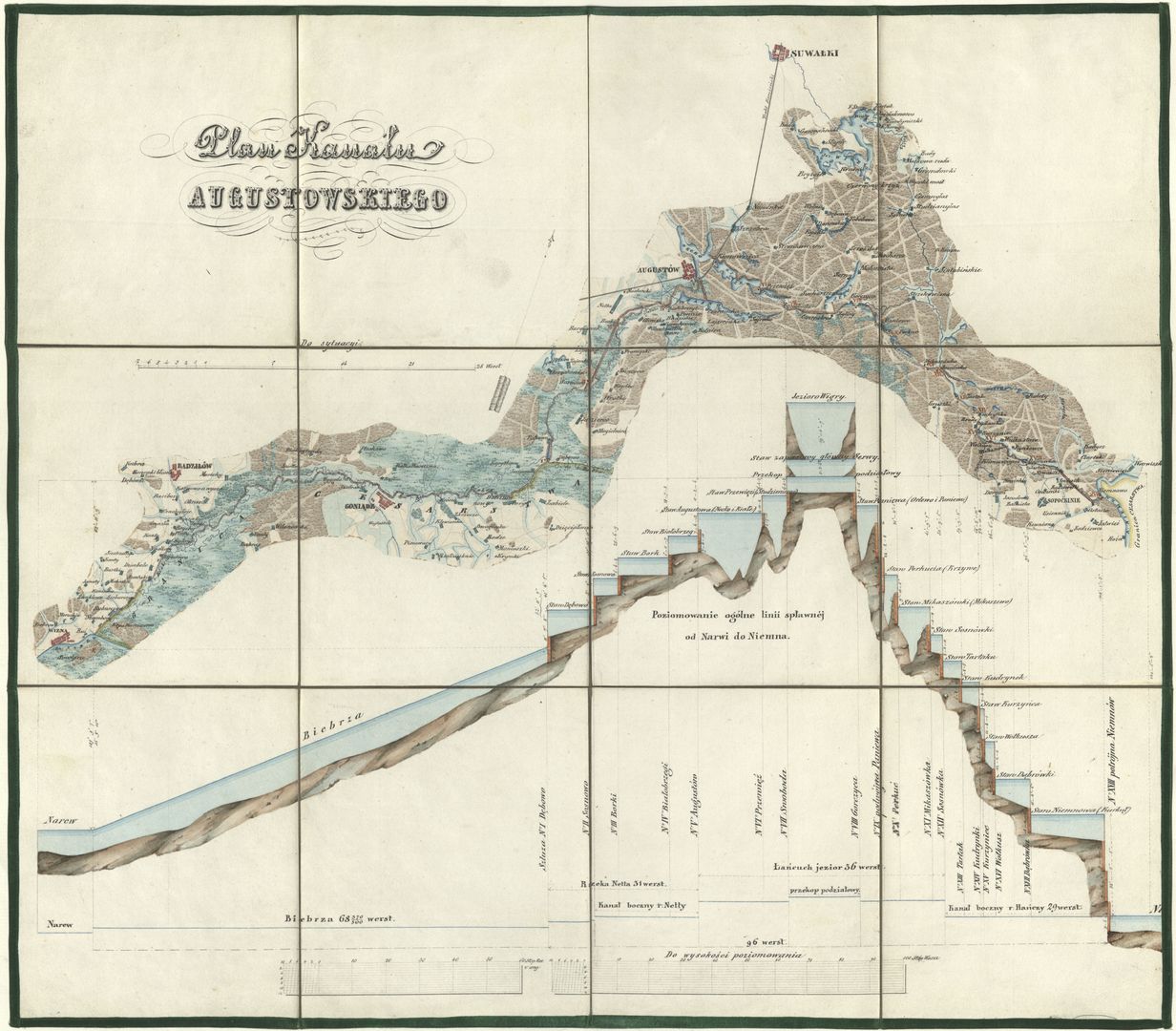Augustów Canal
6.7

Overview
The Augustów Canal is a waterway connecting the tributaries of the Vistula River with the Baltic Sea via the Neman River. Constructed in the 19th century, its construction was commissioned by the Minister of Treasury of the Kingdom of Poland, Franciszek Ksawery Drucki-Lubecki, during the Polish-Prussian customs war, to bypass Prussian customs chambers and ensure better transport of grain. The canal is 101 km long, of which 82 km lie within Poland. Its structure includes 18 locks, 14 of which are located in Poland and 4 in Belarus. It is home to a rich ecosystem, including many species of fish and waterbirds, making the canal an attractive destination for nature lovers. The area is also a popular tourist destination, with ships operating regular excursion routes, including the so-called Papal Route, which was traveled by Pope John Paul II in 1999. The canal is considered a historical monument and is listed as an immovable heritage site, with its unique lock architecture built according to classical designs providing aesthetic value to the area. The canal's construction, carried out under challenging conditions, was completed in 1839, and its history is intertwined with many important events, including the partitions of Poland and World War II. After the war, the canal underwent numerous modernizations, which unfortunately negatively impacted its historical character. In the 21st century, the Belarusian section of the canal was renovated, and the entire route was included in the European Theme Route for Transport and Communication, part of the European Route of Industrial Heritage. The Augustów Canal not only serves as a waterway but also documents the historical and cultural heritage of the region, serving as a place where history, nature, and modern tourism come together in a harmonious way.
Location
Country
2025 Wizytor | All Rights Reserved